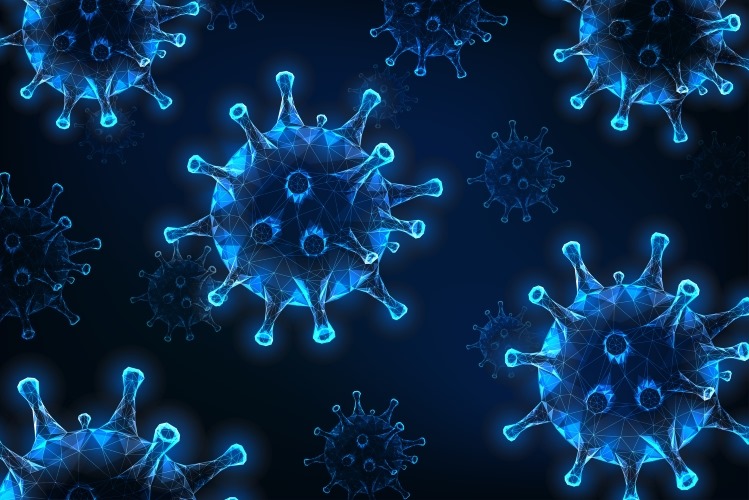H3N2 influenza, also known as the “Hong Kong flu,” is a strain of the influenza A virus that first emerged in humans in 1968. It is one of the two major subtypes of influenza A viruses that are currently circulating in humans, the other being H1N1.
H3N2 influenza is known for causing severe respiratory illness, particularly in older adults and young children. The virus undergoes frequent mutations, which can lead to the emergence of new strains that may be more virulent or resistant to antiviral medications.
Symptoms of H3N2 influenza include fever, cough, sore throat, body aches, and fatigue. In severe cases, it can lead to pneumonia and even death, especially in individuals with weakened immune systems or underlying medical conditions.
Vaccination is the best way to prevent H3N2 influenza, and the flu vaccine is updated each year to target the strains that are expected to be circulating. Other preventative measures include practicing good hand hygiene, avoiding close contact with sick individuals, and staying home when you are ill.
Transmission: H3N2 influenza is primarily spread through respiratory droplets when an infected person coughs or sneezes. It can also be spread by touching a surface contaminated with the virus and then touching your mouth, nose, or eyes.
Seasonal outbreaks: H3N2 influenza is one of the strains that causes seasonal outbreaks of the flu. These outbreaks usually occur during the winter months in the Northern Hemisphere and the summer months in the Southern Hemisphere.
Severity: H3N2 influenza is generally considered more severe than other types of influenza viruses, particularly for older adults and young children. It has been associated with more hospitalizations and deaths than other flu strains.
Antiviral treatment: Antiviral medications such as oseltamivir (Tamiflu) and zanamivir (Relenza) can be effective in treating H3N2 influenza, but they are most effective when started within the first 48 hours of symptom onset.
Prevention: In addition to getting vaccinated, other preventative measures include staying home when you are sick, covering your mouth and nose when coughing or sneezing, washing your hands frequently with soap and water, and avoiding touching your face.
In conclusion, H3N2 influenza is a strain of the influenza A virus that can cause severe illness, particularly in vulnerable populations such as older adults and young children. The best way to prevent H3N2 influenza is to get vaccinated each year and take other preventative measures to reduce the risk of infection.
About H1N1 influenza
H1N1 influenza, also known as the “swine flu,” is a subtype of the influenza A virus that emerged in humans in 2009. The virus contains genes from pig, bird, and human influenza viruses, which allowed it to spread easily from person to person.
Symptoms of H1N1 influenza are similar to other types of influenza viruses and can include fever, cough, sore throat, body aches, and fatigue. In some cases, it can lead to more severe respiratory illness such as pneumonia.
H1N1 influenza caused a global pandemic in 2009 and 2010, with millions of people infected and thousands of deaths reported. However, the virus is now considered a seasonal flu strain and is included in the annual flu vaccine.
Vaccination is the most effective way to prevent H1N1 influenza. The flu vaccine is updated each year to target the strains that are expected to be circulating. Other preventative measures include practicing good hand hygiene, avoiding close contact with sick individuals, and staying home when you are ill.
Antiviral medications such as oseltamivir (Tamiflu) and zanamivir (Relenza) can be effective in treating H1N1 influenza, particularly when started early in the course of the illness. However, most people with H1N1 influenza will recover without complications with rest, hydration, and symptom management.
Overall, while H1N1 influenza caused significant concern during the 2009 pandemic, it is now considered a common strain of seasonal influenza and can be effectively prevented with vaccination and other preventative measures.
